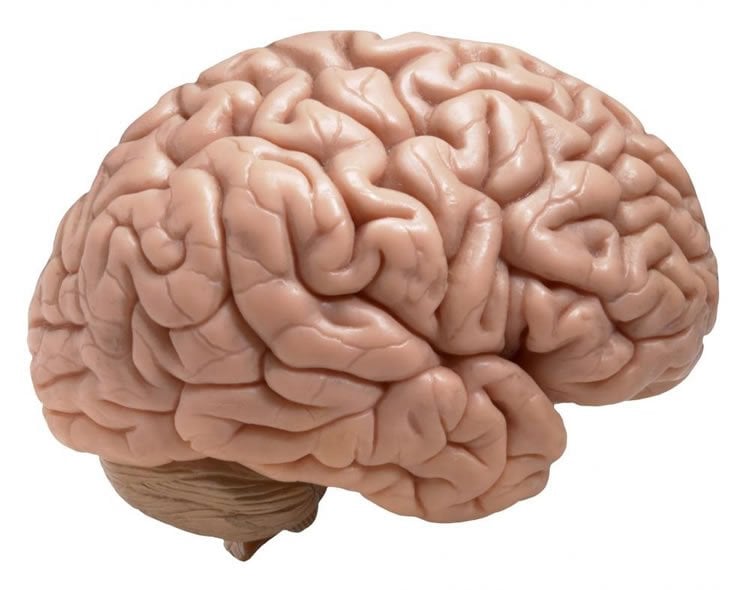The brain is amazingly complex, with around 86 billion nerve cells. The challenge for researchers to create bench-top brain tissue from which they can learn about how the brain functions, is an extremely difficult one.
Researchers at the ARC Centre of Excellence for Electromaterials Science (ACES) have taken a step closer to meeting this challenge, by developing a 3D printed layered structure incorporating neural cells, that mimics the structure of brain tissue.
The value of bench-top brain tissue is huge. Pharmaceutical companies spend millions of dollars testing therapeutic drugs on animals, only to discover in human trials that the drug has an altogether different level of effectiveness. We’re not sure why, but the human brain differs distinctly from that of an animal.
A bench-top brain that accurately reflects actual brain tissue would be significant for researching not only the effect of drugs, but brain disorders like schizophrenia, and degenerative brain disease.
ACES Director and research author Professor Gordon Wallace said that the breakthrough is significant progress in the quest to create a bench-top brain that will enable important insights into brain function, in addition to providing an experimental test bed for new drugs and electroceuticals.
“We are still a long way from printing a brain but the ability to arrange cells so as they form neuronal networks is a significant step forward,” Professor Wallace said.
To create their six-layered structure, researchers developed a custom bio-ink containing naturally occurring carbohydrate materials. The custom materials have properties that allow accurate cell dispersion throughout the structure, whilst providing a rare level of protection to the cells.
The bio-ink is then optimised for 3D-printing, and developed for use in a standard cell culturing facility without the need for expensive bio-printing equipment.

The result is a layered structure like brain tissue, in which cells are accurately placed and remain in their designated layer.
“This study highlights the importance of integrating advances in 3D printing, with those in materials science, to realise a biological outcome,” Professor Wallace said.
“This paves the way for the use of more sophisticated printers to create structures with much finer resolution.”
Funding: The study was funded by Professor Gordon Wallace’s Australian Laureate Fellowship.
Source: Natalie Foxon – ARC Centre of Excellence for Electromaterials Science
Image Credit: The image is in the public domain
Original Research: Abstract for “3D printing of layered brain-like structures using peptide modified gellan gum substrates” by Rodrigo Lozano, Leo Stevens, Brianna C. Thompson, Kerry J. Gilmore, Robert Gorkin III, Elise M. Stewart, Marc in het Panhuis, Mario Romero-Ortega, Gordon G. Wallace in Biomaterials. Published online July 14 2015 doi:10.1016/j.biomaterials.2015.07.022
Abstract
3D printing of layered brain-like structures using peptide modified gellan gum substrates
The brain is an enormously complex organ structured into various regions of layered tissue. Researchers have attempted to study the brain by modeling the architecture using two dimensional (2D) in vitro cell culturing methods. While those platforms attempt to mimic the in vivo environment, they do not truly resemble the three dimensional (3D) microstructure of neuronal tissues. Development of an accurate in vitro model of the brain remains a significant obstacle to our understanding of the functioning of the brain at the tissue or organ level. To address these obstacles, we demonstrate a new method to bioprint 3D brain-like structures consisting of discrete layers of primary neural cells encapsulated in hydrogels. Brain-like structures were constructed using a bio-ink consisting of a novel peptide-modified biopolymer, gellan gum-RGD (RGD-GG), combined with primary cortical neurons. The ink was optimized for a modified reactive printing process and developed for use in traditional cell culturing facilities without the need for extensive bioprinting equipment. Furthermore the peptide modification of the gellan gum hydrogel was found to have a profound positive effect on primary cell proliferation and network formation. The neural cell viability combined with the support of neural network formation demonstrated the cell supportive nature of the matrix. The facile ability to form discrete cell-containing layers validates the application of this novel printing technique to form complex, layered and viable 3D cell structures. These brain-like structures offer the opportunity to reproduce more accurate 3D in vitro microstructures with applications ranging from cell behavior studies to improving our understanding of brain injuries and neurodegenerative diseases.
“3D printing of layered brain-like structures using peptide modified gellan gum substrates” by Rodrigo Lozano, Leo Stevens, Brianna C. Thompson, Kerry J. Gilmore, Robert Gorkin III, Elise M. Stewart, Marc in het Panhuis, Mario Romero-Ortega, Gordon G. Wallace in Biomaterials. Published online July 14 2015 doi:10.1016/j.biomaterials.2015.07.022






